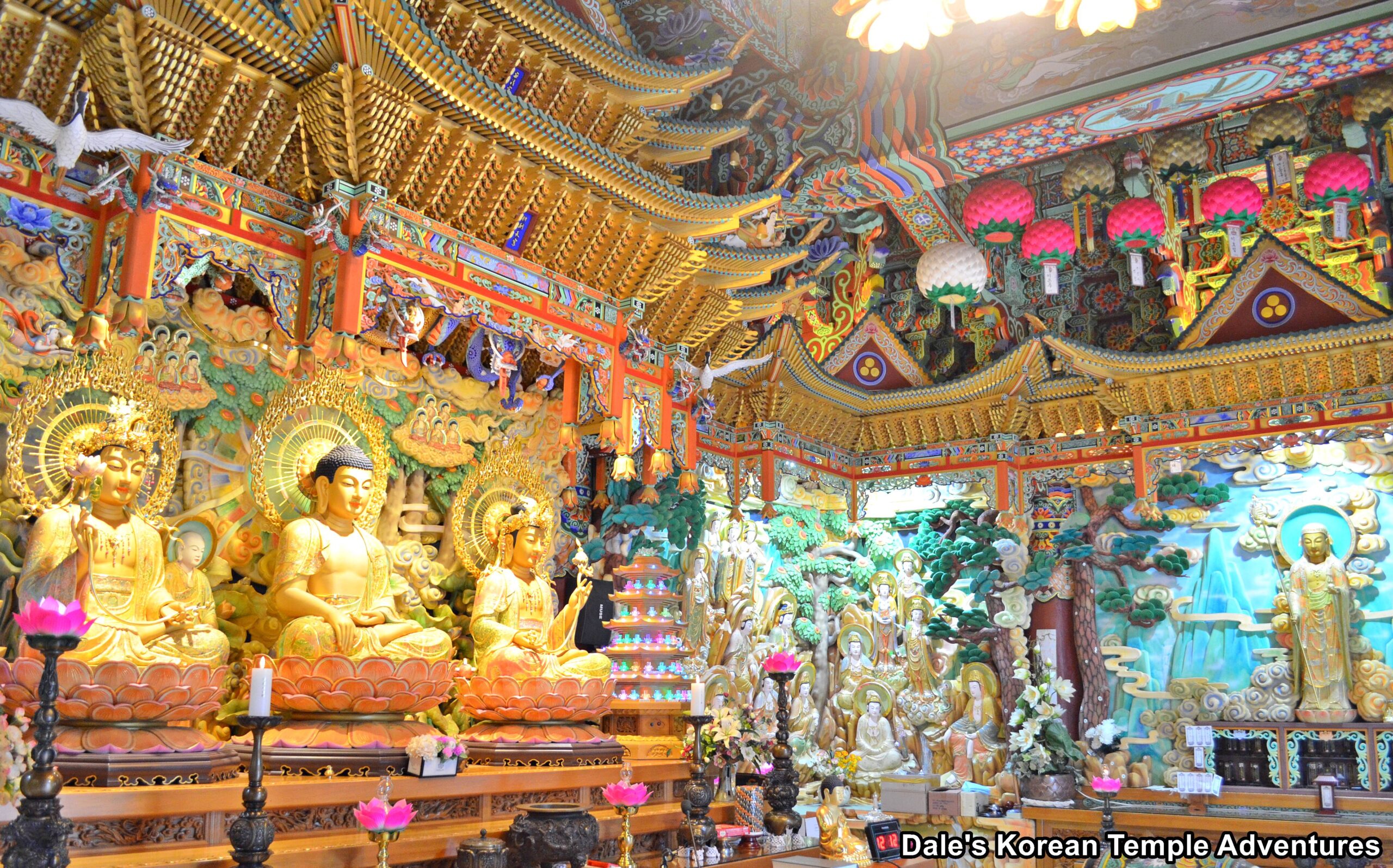
Temple History
Sujeongsa Temple is a modern temple that’s home to nuns. It’s located in the northwest part of Ulsan in Ulju-gun down a long valley. Sujeongsa Temple is also just some twenty minutes away from the famed Tongdosa Temple. Sujeongsa Temple is located in a very rural part of Korea; in fact, it almost feels like you fall off the edge of the map. But in the process of retreating from the sights and sounds of modern Korea, you find a beautiful Buddhist temple.
Temple Layout
You first approach Sujeongsa Temple up a narrow road down a long valley. After three kilometres, you’ll finally arrive at the Sujeongsa Temple grounds. The first building to greet you are the nuns’ dorms and visitors centre. Next to this building is a serene statue of Mireuk-bul (The Future Buddha). Almost as beautiful in composition are the guardians that surround the base of the five metre tall statue dedicated to Mireuk-bul.
Past the statue to the left is the ornately decorated Daeung-jeon Hall at Sujeongsa Temple. The exterior walls to the main hall are adorned with Palsang-do (The Eight Scenes from the Buddha’s Life Murals). In addition to these elaborate murals is a collection of gorgeous latticework adorning the front doors of the temple shrine hall. The latticework is adorned with the Sibiji-shin (The Twelve Spirit Generals). And at the base of the main hall’s front doors are intricate Gwimyeon (Monster Mask) reliefs.
Stepping inside the Daeung-jeon Hall, you’ll be greeted by a beautiful interior made vibrant by its colours and designs. The main altar is occupied by three main altar statues centred by Seokgamoni-bul (The Historical Buddha). This central image is joined on either side by Munsu-bosal (The Bodhisattva of Wisdom) and Bohyeon-bosal (The Bodhisattva of Power). These three statues rest under an large, ornate, golden canopy. And the wooden altar that supports these three statues depicts the Palsang-do. To the right of main altar is a shrine dedicated to Jijang-bosal (The Bodhisattva of the Afterlife). Next to this shrine are sixteen statues dedicated to Gwanseeum-bosal (The Bodhisattva of Compassion). And to the left of the main altar, and hanging on the far left wall, is an elaborate Shinjung Taenghwa (Guardian Mural) relief. This relief is joined by an additional seventeen statues dedicated to Gwanseeum-bosal. All thirty-three statues are vividly rendered and beautifully painted. These thirty-three statues of Gwanseeum-bosal are meant to represent the thirty-three incarnations of the Bodhisattva of Compassion. And when we spoke to the head-nun at Sujeongsa Temple, she told us how she had had a dream about the thirty-three Gwanseeum-bosal that inhabit Mt. Botasan in China. Thus, the inspiration for the interior of the Daeung-jeon Hall. And finally, and rounding out the astounding beauty inside the Daeung-jeon Hall, is the octagonal dragon crest in the centre of the ceiling of the main hall. And the gorgeous pink lotus lamp that hang from the ceiling are made from the same material as airplanes (yes, airplanes).
The second temple shrine hall at Sujeongsa Temple is the Samseong-gak Hall, which sits to the left of the main hall. What makes this shrine hall so special is that the Samseong-gak Hall is built around an older shaman shrine hall. According to the head-nun, and the reason that there’s a shell of a Samseong-gak Hall surrounding the former Sanshin-gak Hall, is that she had a dream. This time, her dream centred on Sanshin (The Mountain Spirit). Originally, the head-nun had planned to simply knock down the two hundred year old Sanshin-gak Hall and build a new one in its place. However, Sanshin appeared to the head-nun in a dream three times. Strangely, Sanshin also appeared to the head-nun during a ritual ceremony at the older Sanshin-gak Hall. A photographer captured a picture of a pine tree on the neighbouring mountain appear as though it was on fire. The head-nun took this as a sign, so she built a new protective Samseong-gak Hall around the older Sanshin-gak Hall. The reason she did this, as she explained it, is that if she didn’t, someone would die.
Finally, there’s an outdoor shrine dedicated to Yongwang (The Dragon King) to the left of the Samseong-gak Hall. Out in front of the Yongwang shrine is a rounded stone and rough rock that are placed in front of the Yongwang shrine. Interestingly, the head-nun told us a story about the stone and rock. She said that you can pick up the rounded stone from the rock without first praying; however, once you do in fact pray, you’re no longer able to pick the stone up from the rock. Testing this theory, I couldn’t in fact lift the stone from its rocky perch after praying.
How To Get There
Without a car, this temple is very difficult to get to. In fact, I don’t think I would even venture to find it without a trusty car and GPS system. This temple is located on the southwestern side of Ulsan in the countryside. Other than that, it’s next to impossible to explain its location so good luck!
Overall Rating: 8/10
Sujeongsa Temple is packed with originality and beauty starting with the Daeung-jeon Hall and continuing on to the two-in-one Samseong-gak Hall. Both the interior and exterior of the Daeung-jeon Hall are packed with vibrant colours, statues, and reliefs. Adding to the main hall’s artistic achievements is the highly original shaman shrine hall and the magical Yongwang outdoor shrine at Sujeongsa Temple. Sujeongsa Temple is an amazing place to visit for those that aren’t afraid of a little adventure.
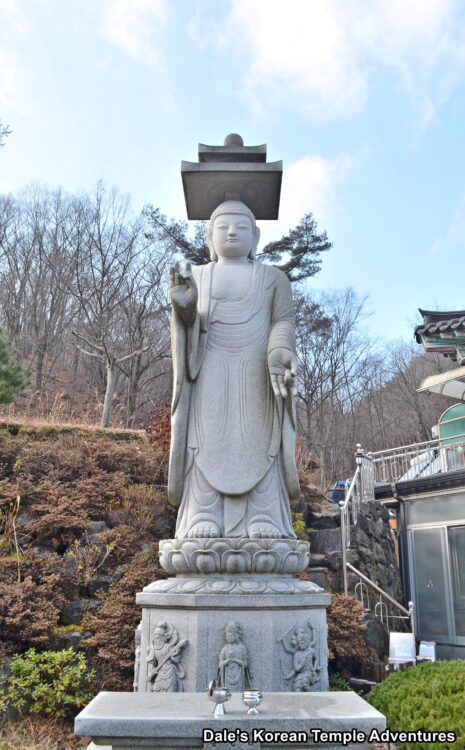
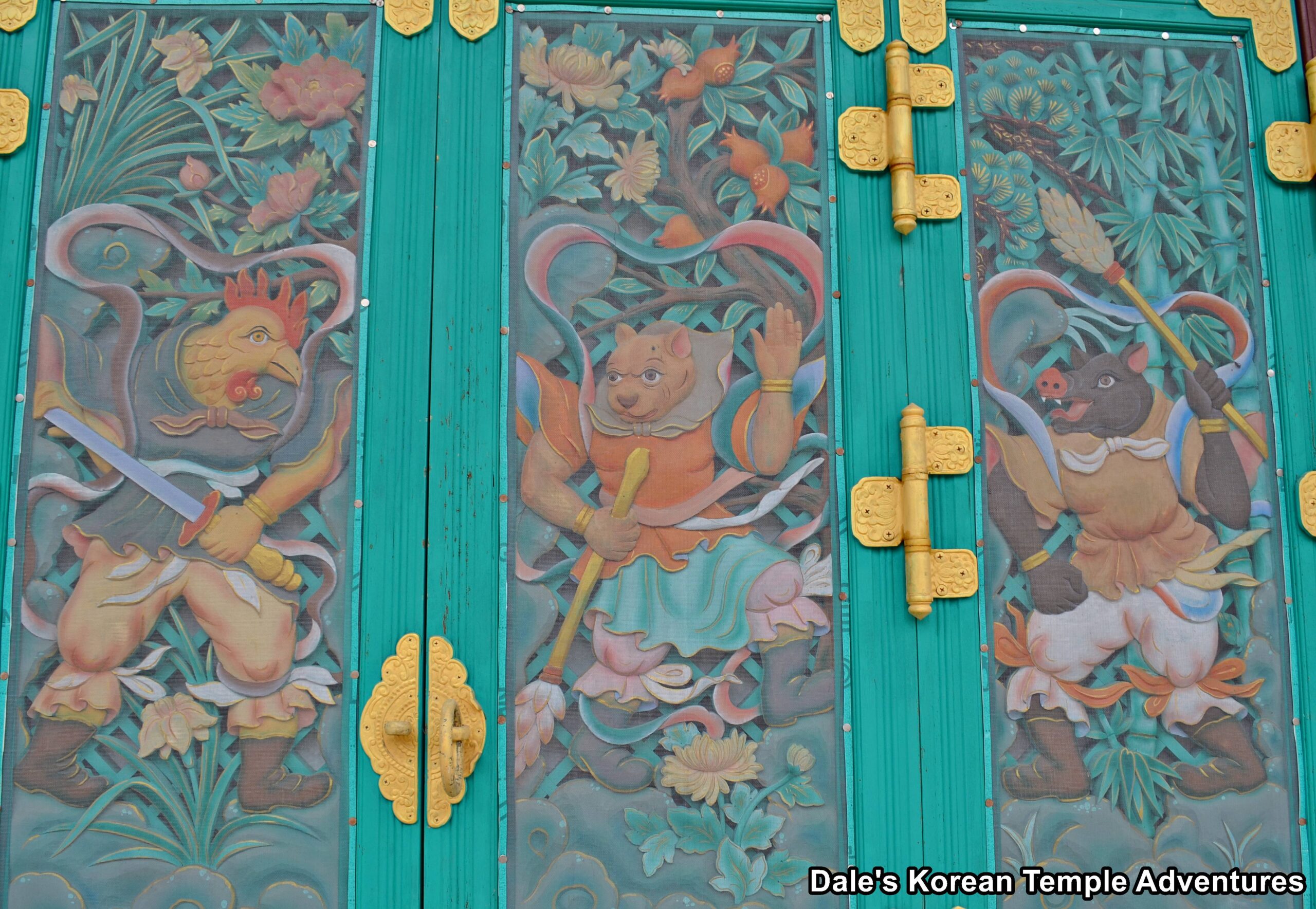

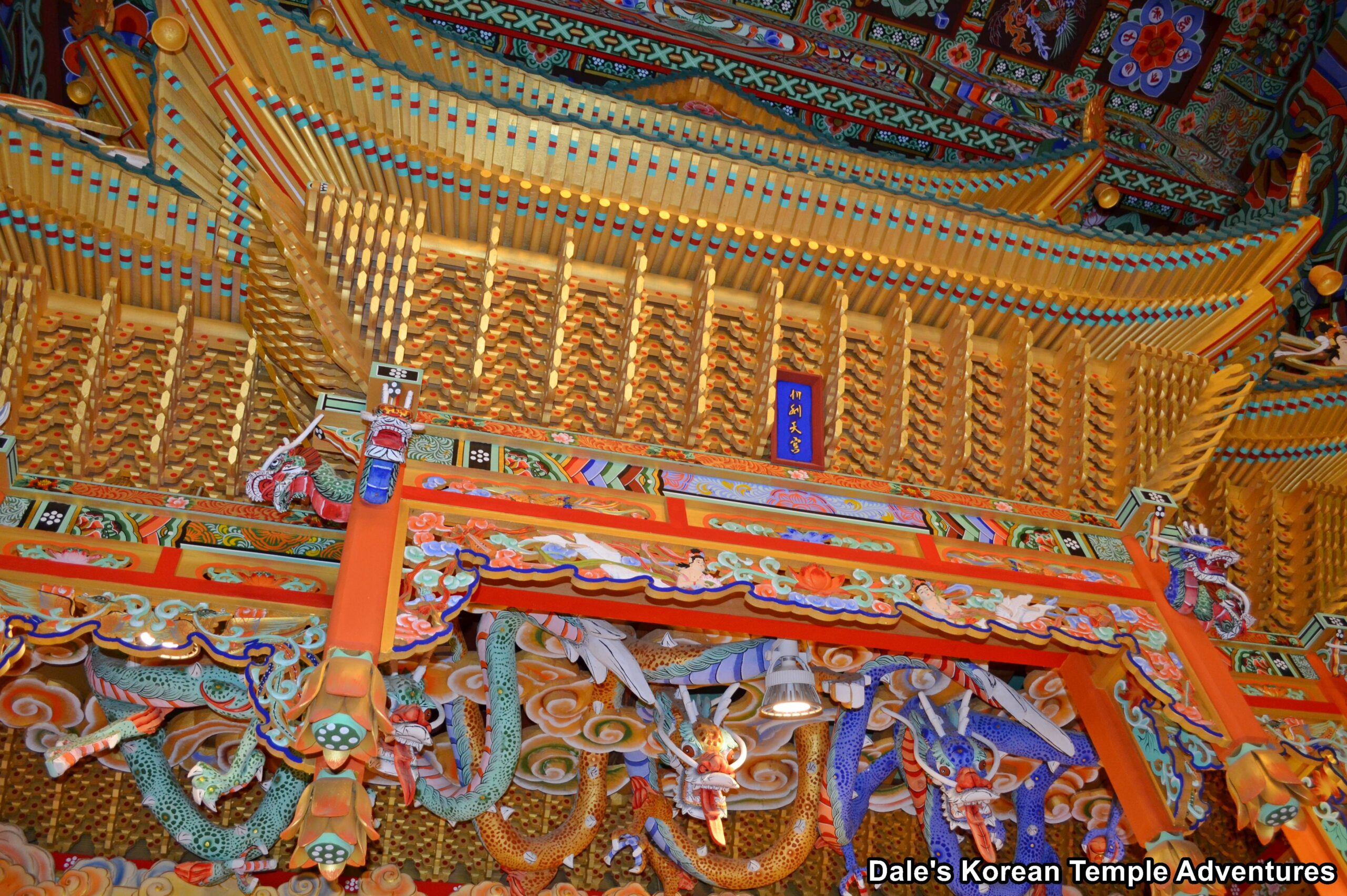
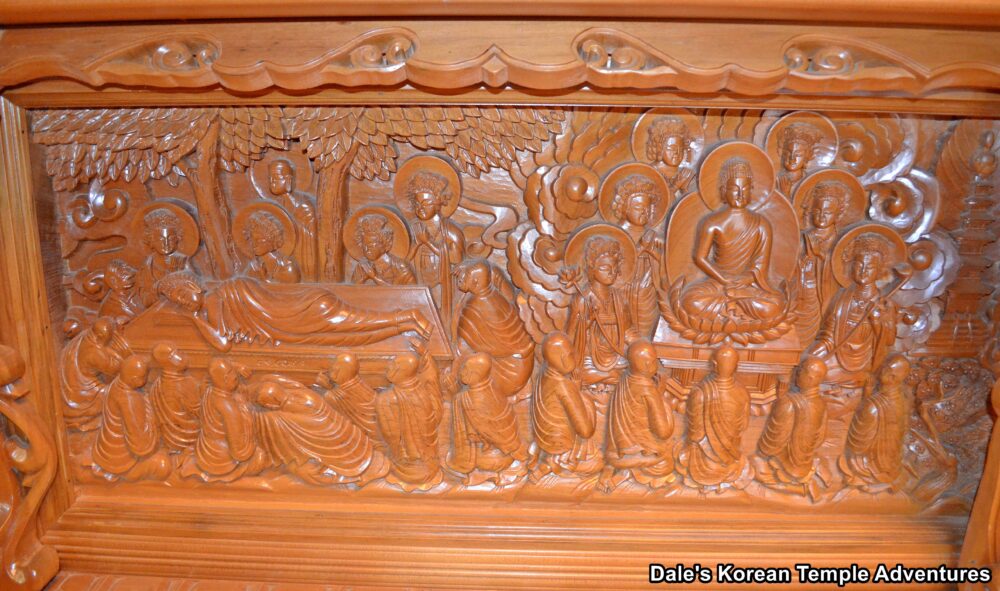
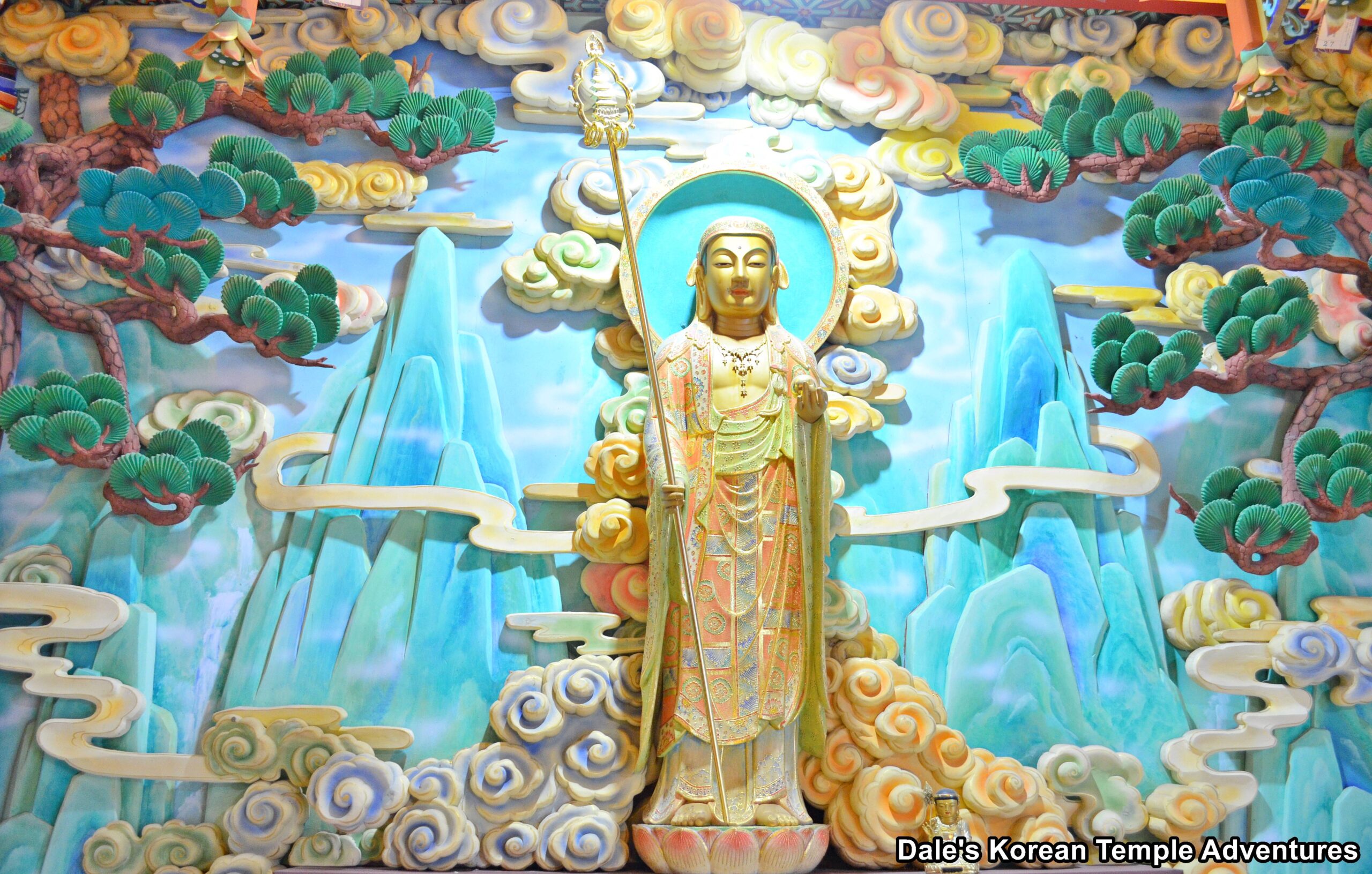
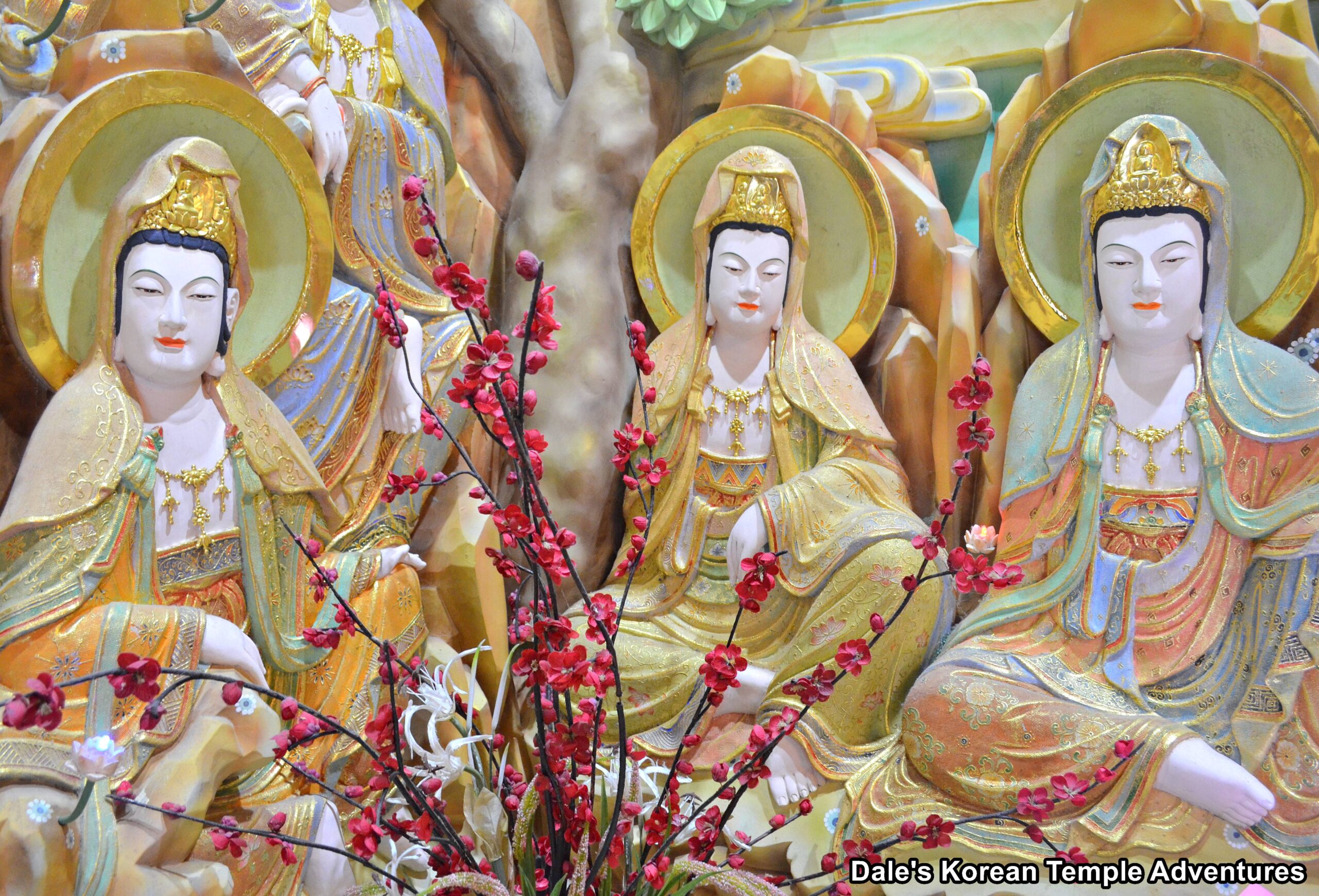
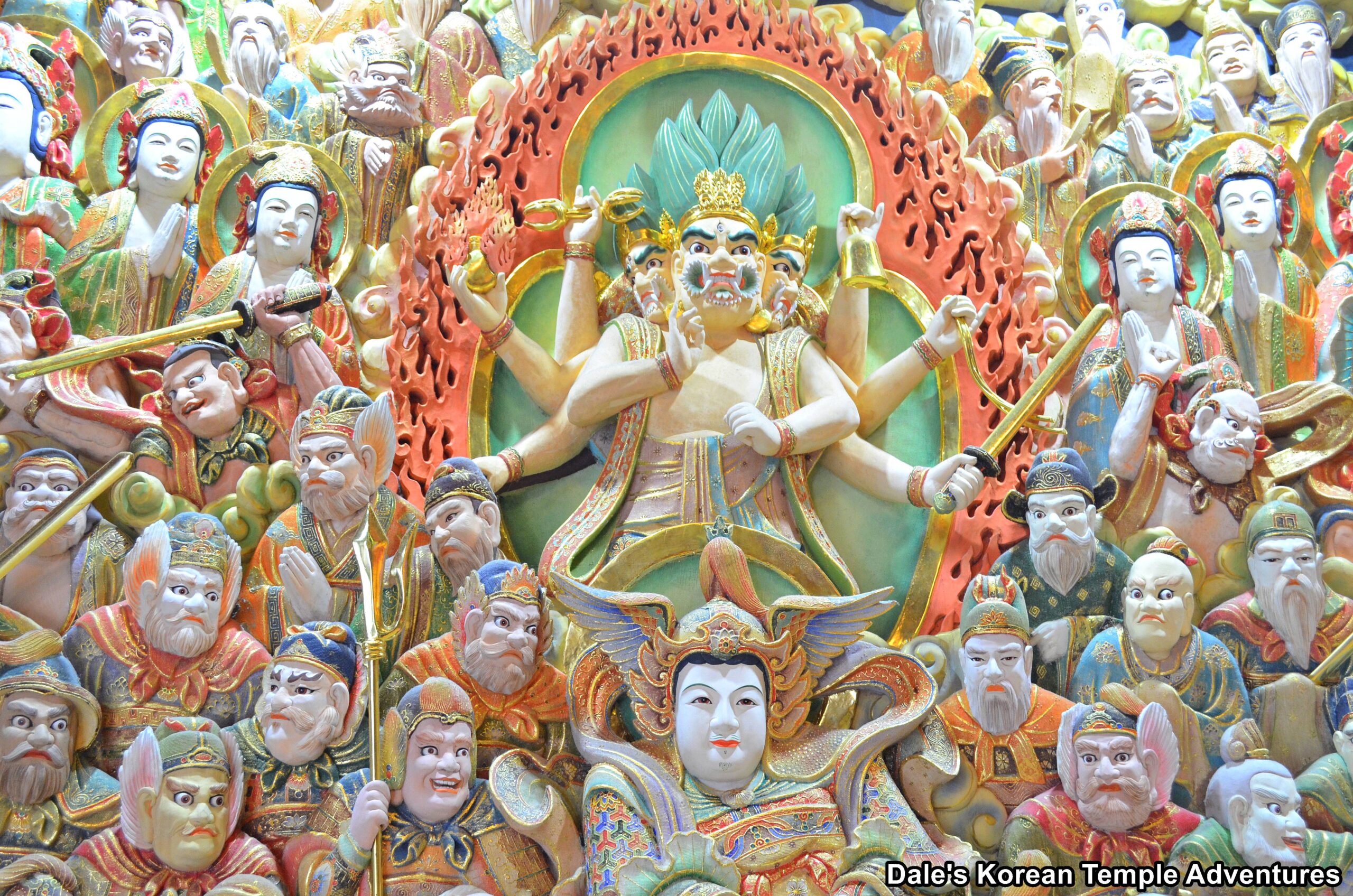
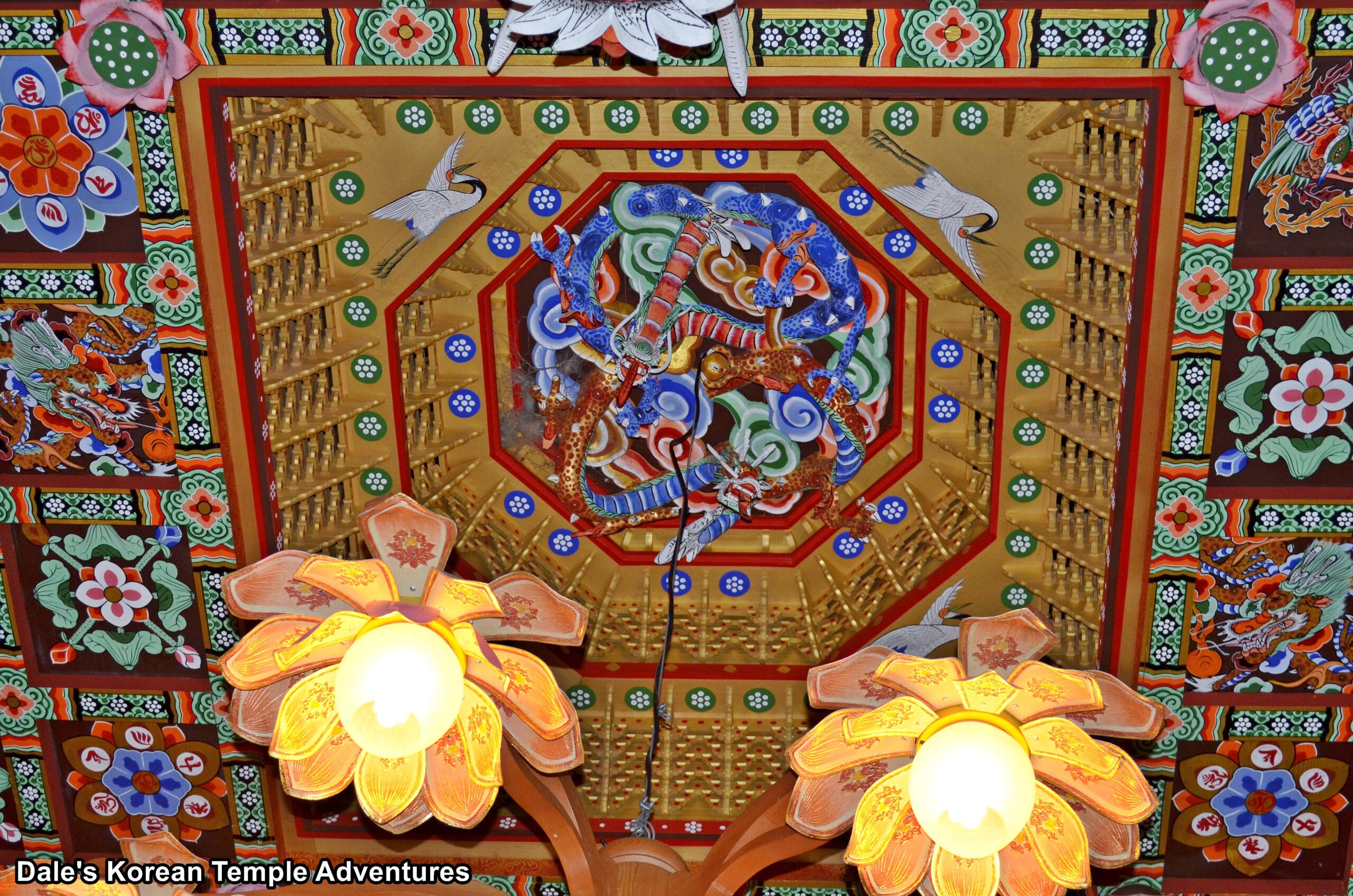
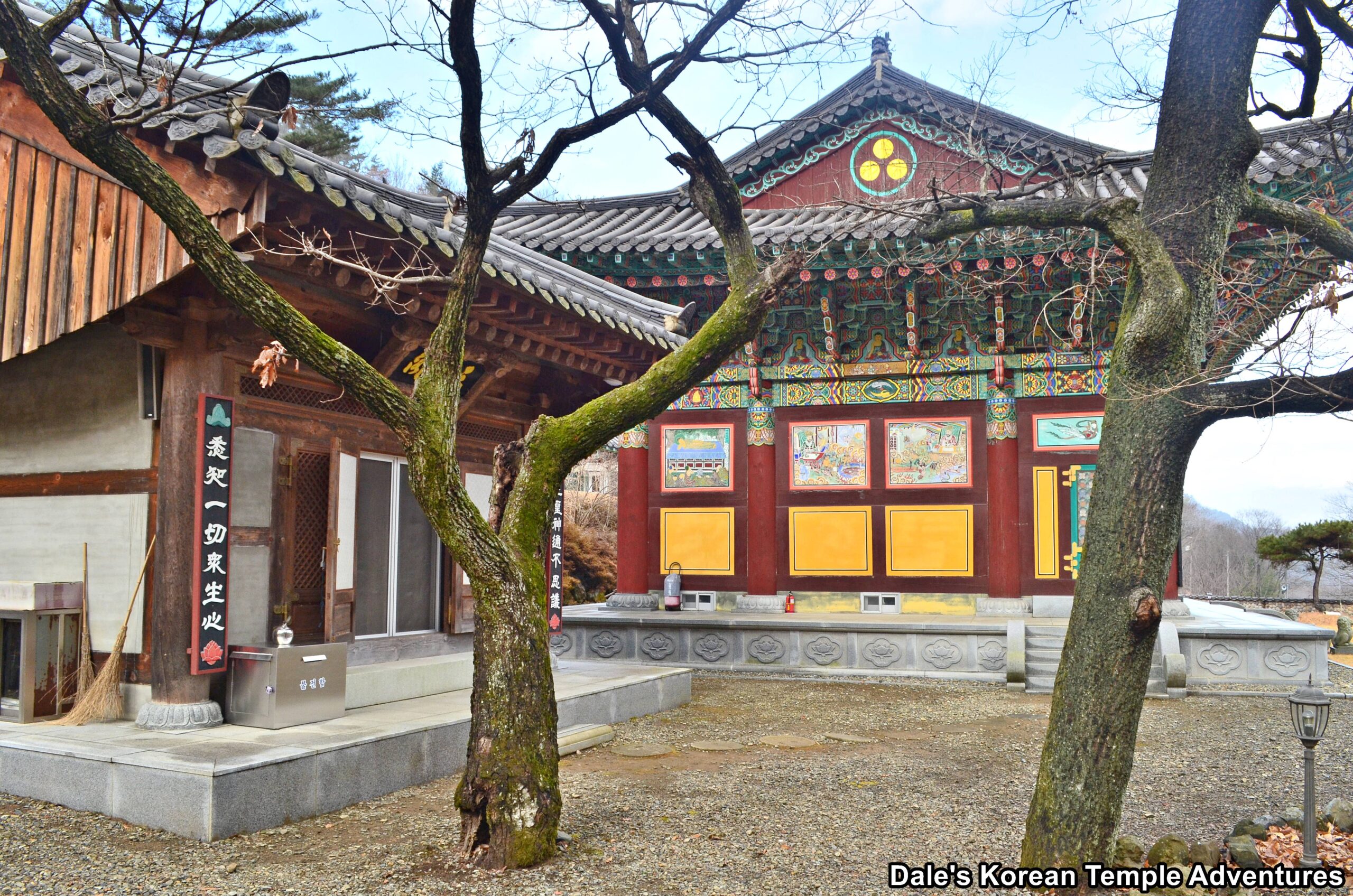
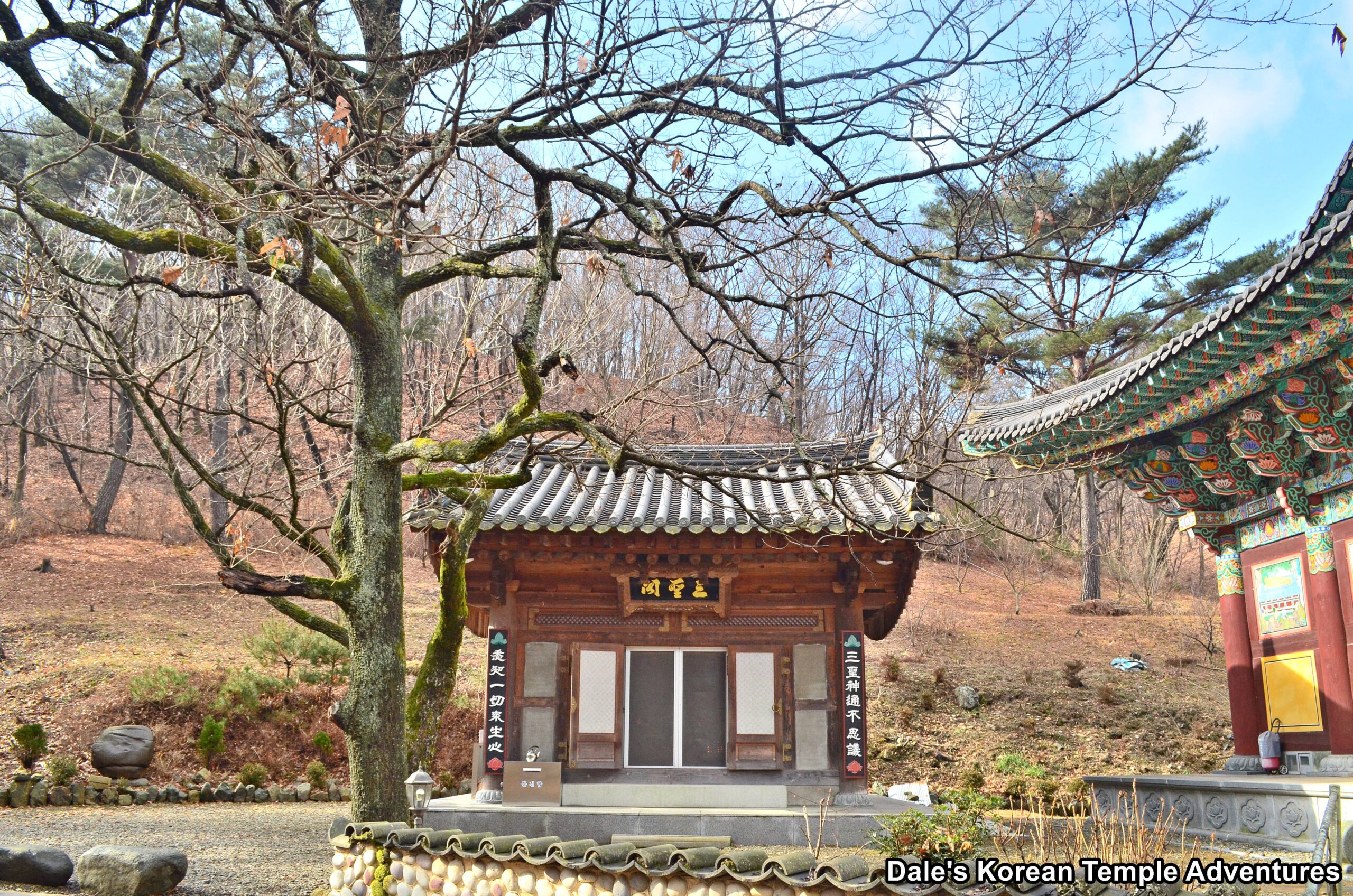

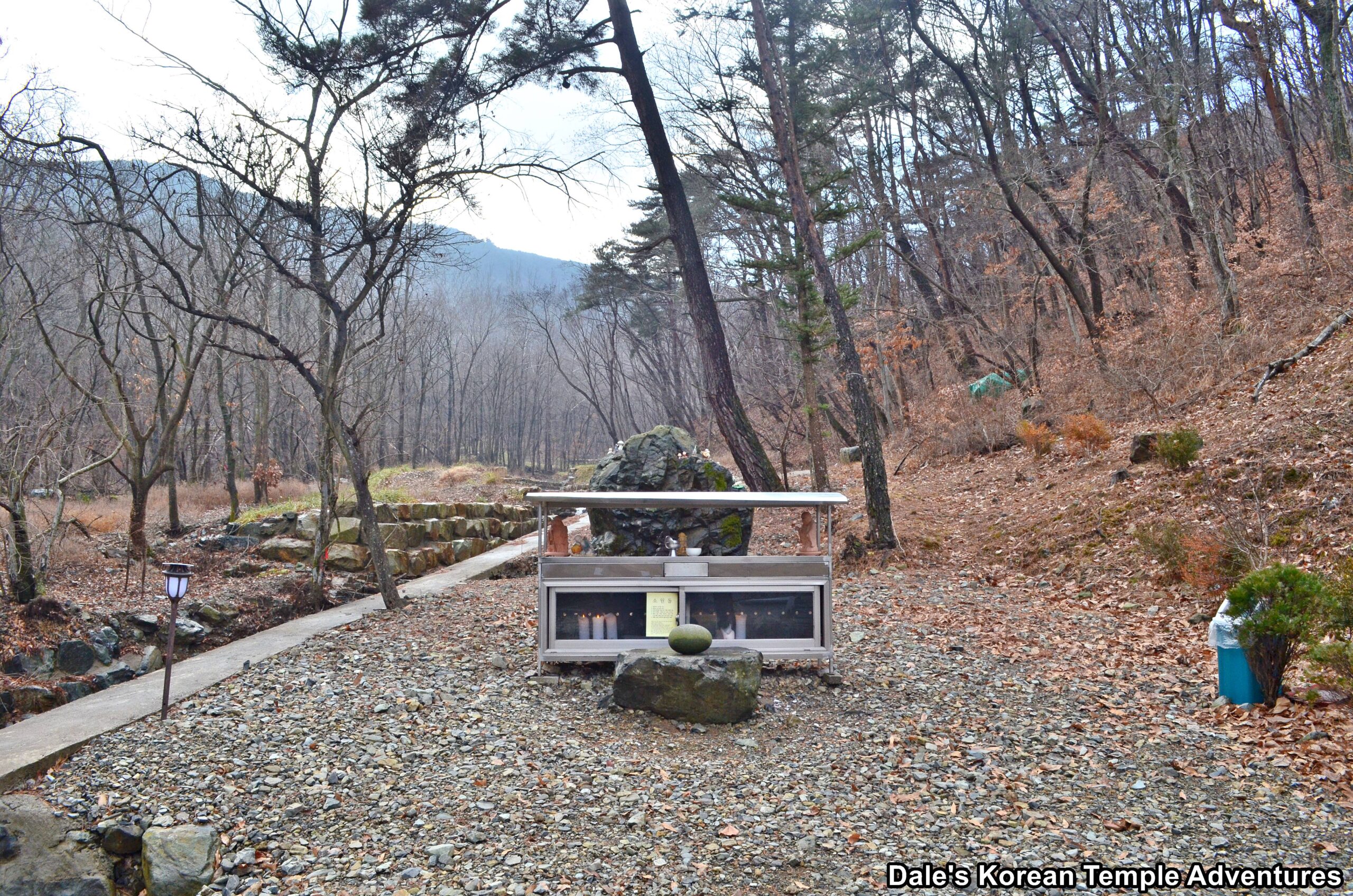


Recent comments